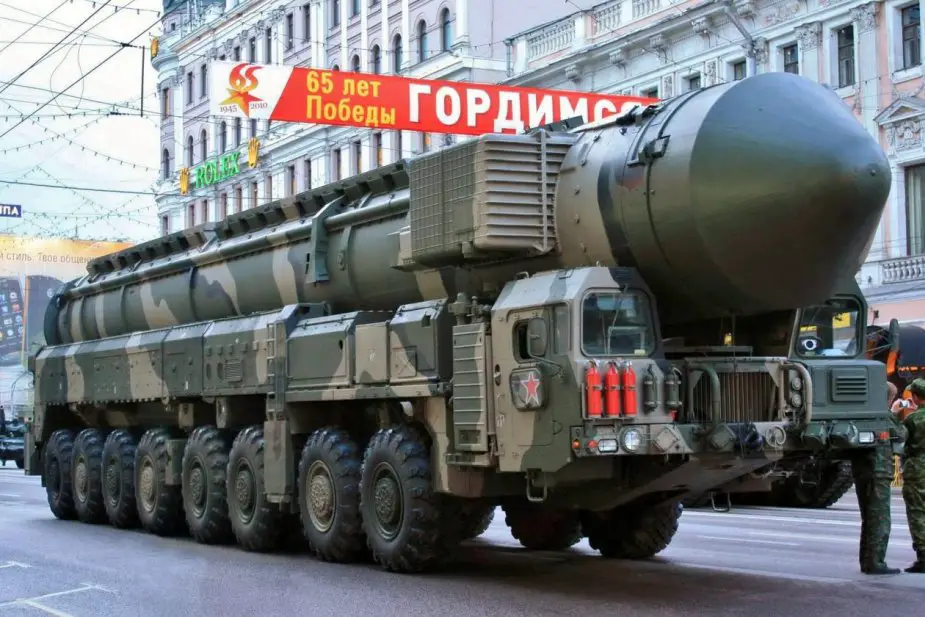Russia tests A-325 PRS-1M air defense antimissile
The Russian military held another test of PRS-1M antimissile. It has impressive characteristics and will raise the national air defense to a new level, the Army Standard writes.

PRS-1M antimissile (Picture source: Wikimedia)
A-135 air defense became operational in the Russian armed forces in February 1995. It defends the capital city and the central industrial region from nuclear missile strikes. The complex comprises close interception PRS-1 (index 53T6) antimissiles. They were created and tested yet in Soviet times. The production of 53T6 antimissiles (over a hundred was made) stopped after the Soviet collapse. Since the early 2000s, they have been tested with the only aim of extending the life cycle. The production of solid-fuel engines for 53T6 antimissiles resumed in 2010. The first launch of the missile with the new engine took place a year later. Then batch production and trials resumed.
Tests at Sary-Shagan range in Kazakhstan are held in practically the same conditions in which the missile will be engaged. Amur-P fire complex is used for that. It is a smaller option of A-135 air defense near Moscow. It comprises Don-2NP radar, the command post with Elbrus computer, silos for close-range antimissiles, preparation site, and data transmission and communication system.
PRS-1M was for the first time launched at the range on November 23, 2017. It resembles 53T6 and has the same hull made of high-durability steel with composite materials and conic solid-fuel charges. There is also a guided warhead with gas-dynamic steering engines. However, the equipment radically changed. Firstly, there is a new engine which provides the highest speed in the world. Previously, the missile accelerated to over 3 km/h in several seconds and now it accelerates to 4 km/h.
The upgraded missile sustains an overload of 300 G which is 1.5 times more than the predecessor. PRS-1M onboard equipment with a modern element base continues operating at such an overload. To compare: modern antiaircraft guided missiles can sustain an overload not more than 30 G. The altitude and range of destruction increased 1.5-fold. Reentry vehicles of adversary ICBM are intercepted at an altitude of over 50 km.
Expert Alexey Leonkov said the missile can carry two types of warheads. Previously it was fit only for a nuclear charge to guarantee the destruction of a swarm of ICBM. Now there is also a kinetic warhead to destroy single targets. Experts believe PRS-1M will give a completely new quality to the Russian air defense, the Army Standard said.
© Copyright 2019 TASS / Army Recognition Group SPRL. All rights reserved. This material may not be published, broadcast, rewritten or redistributed.


























